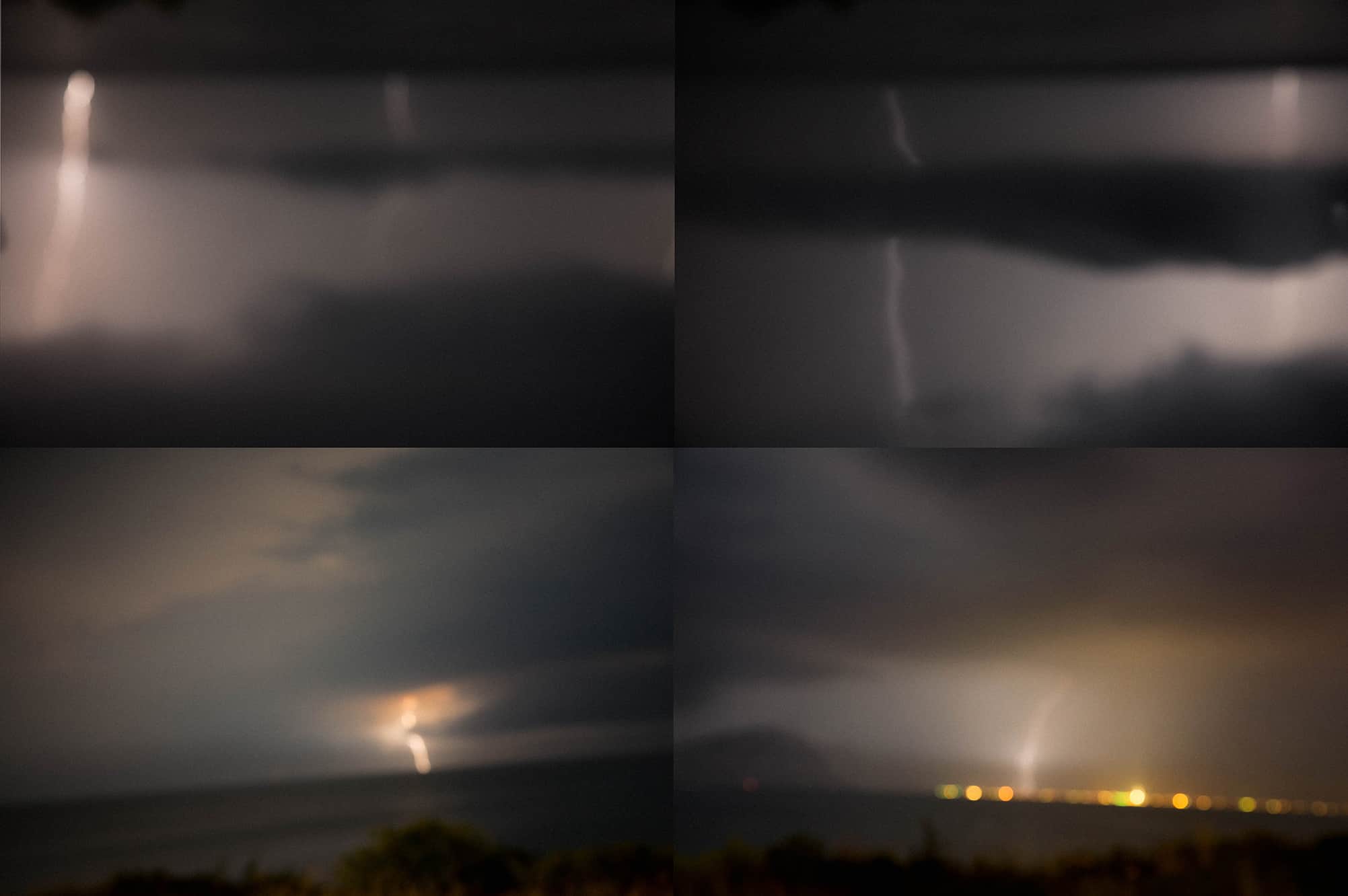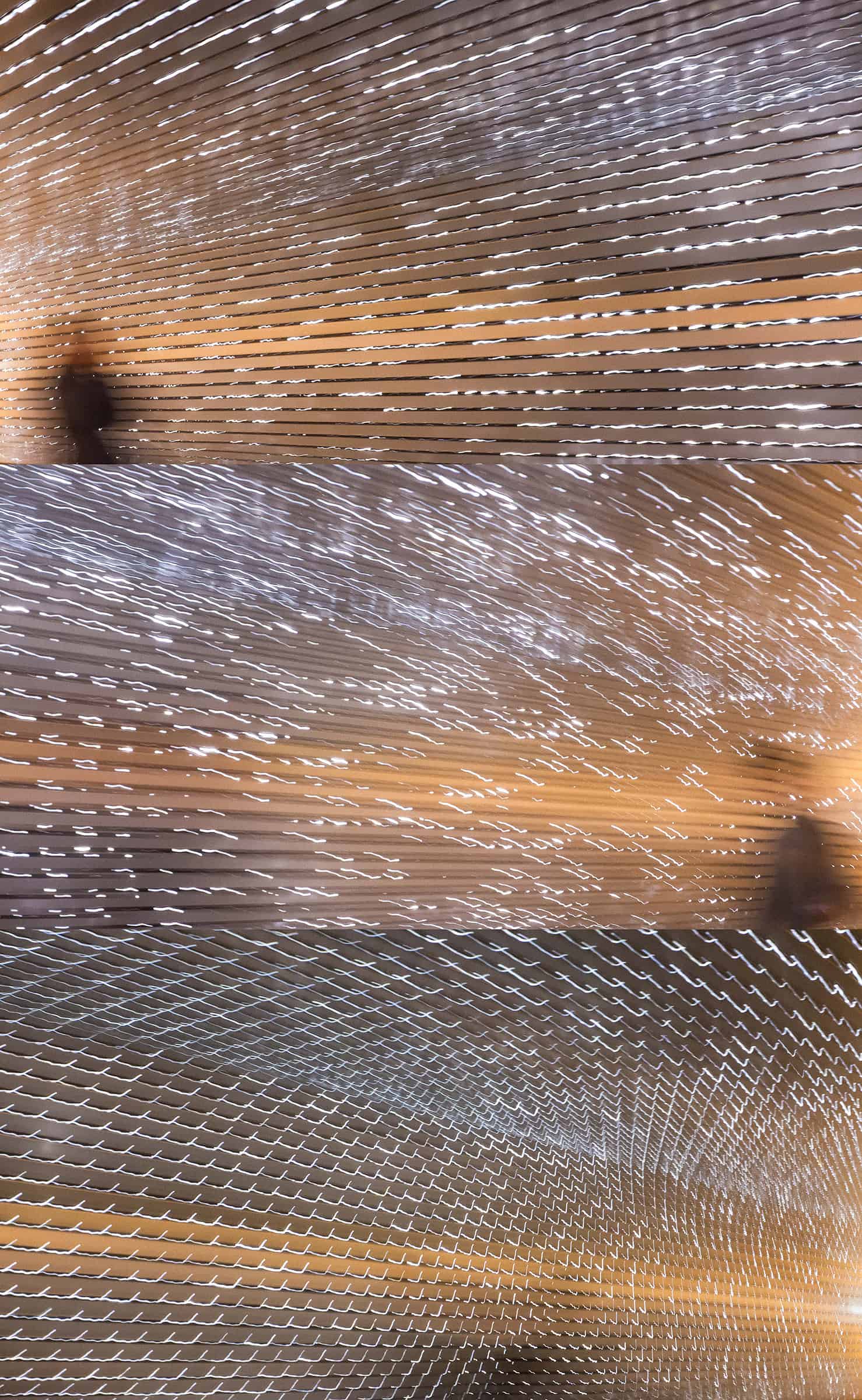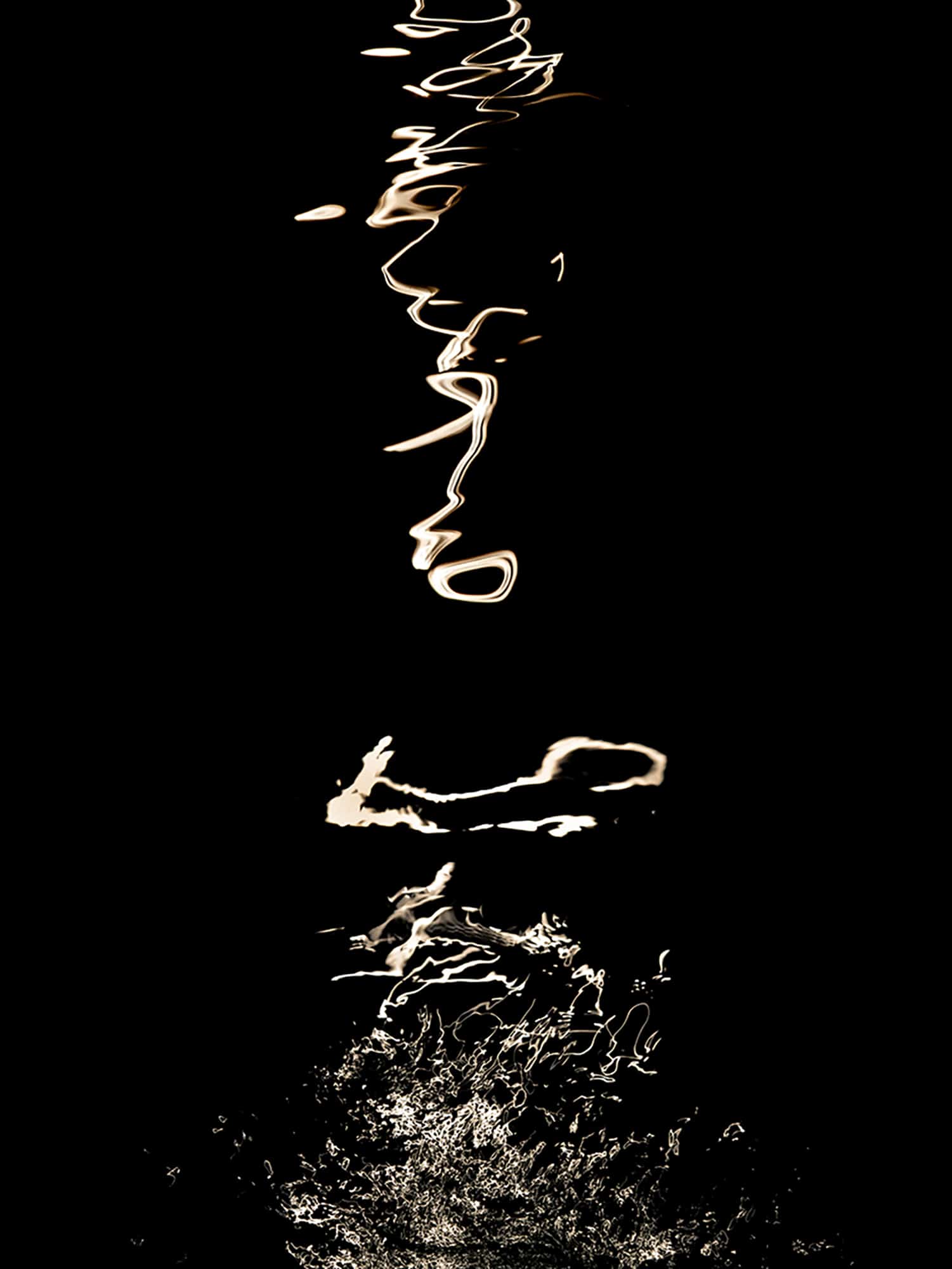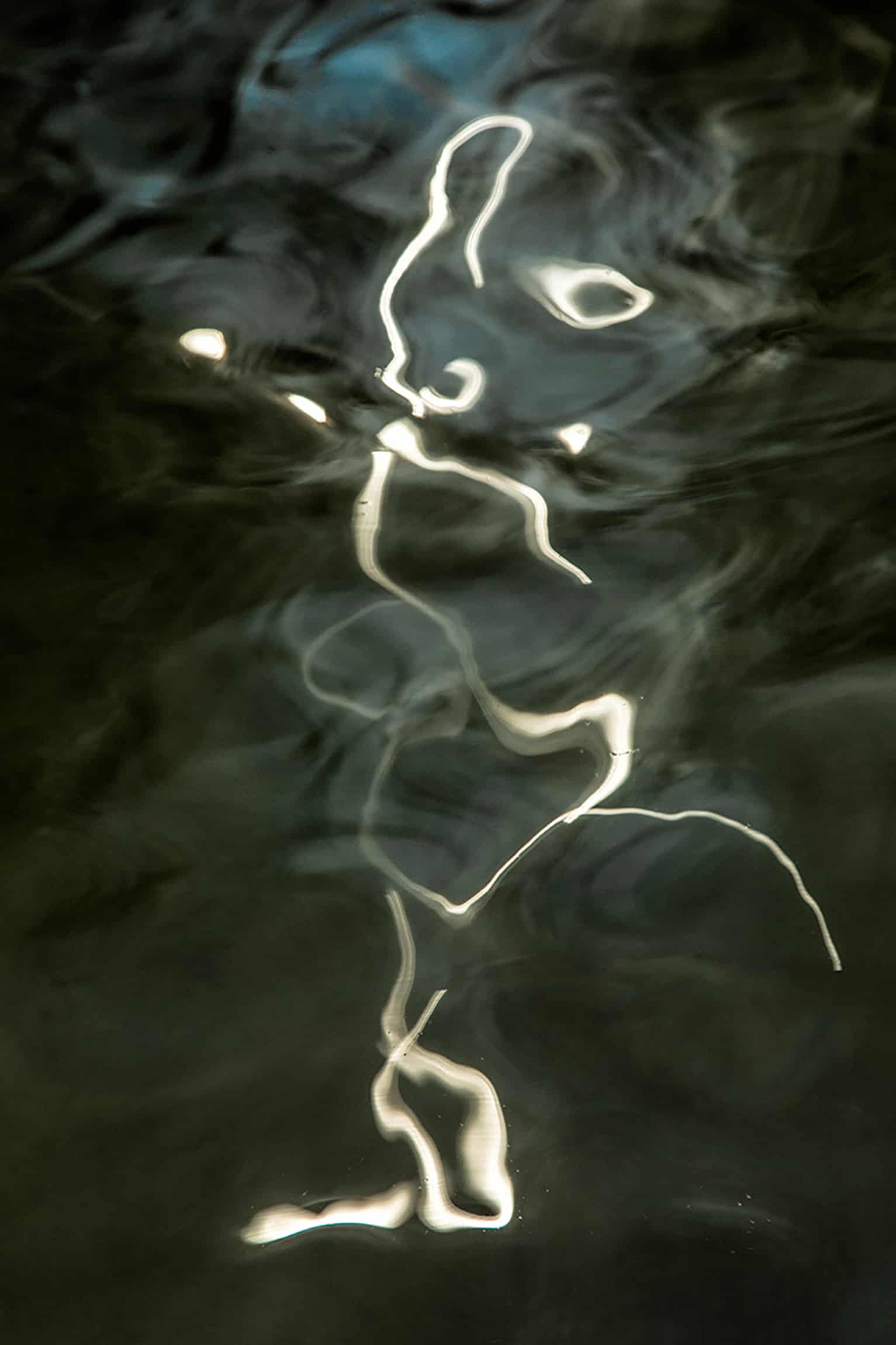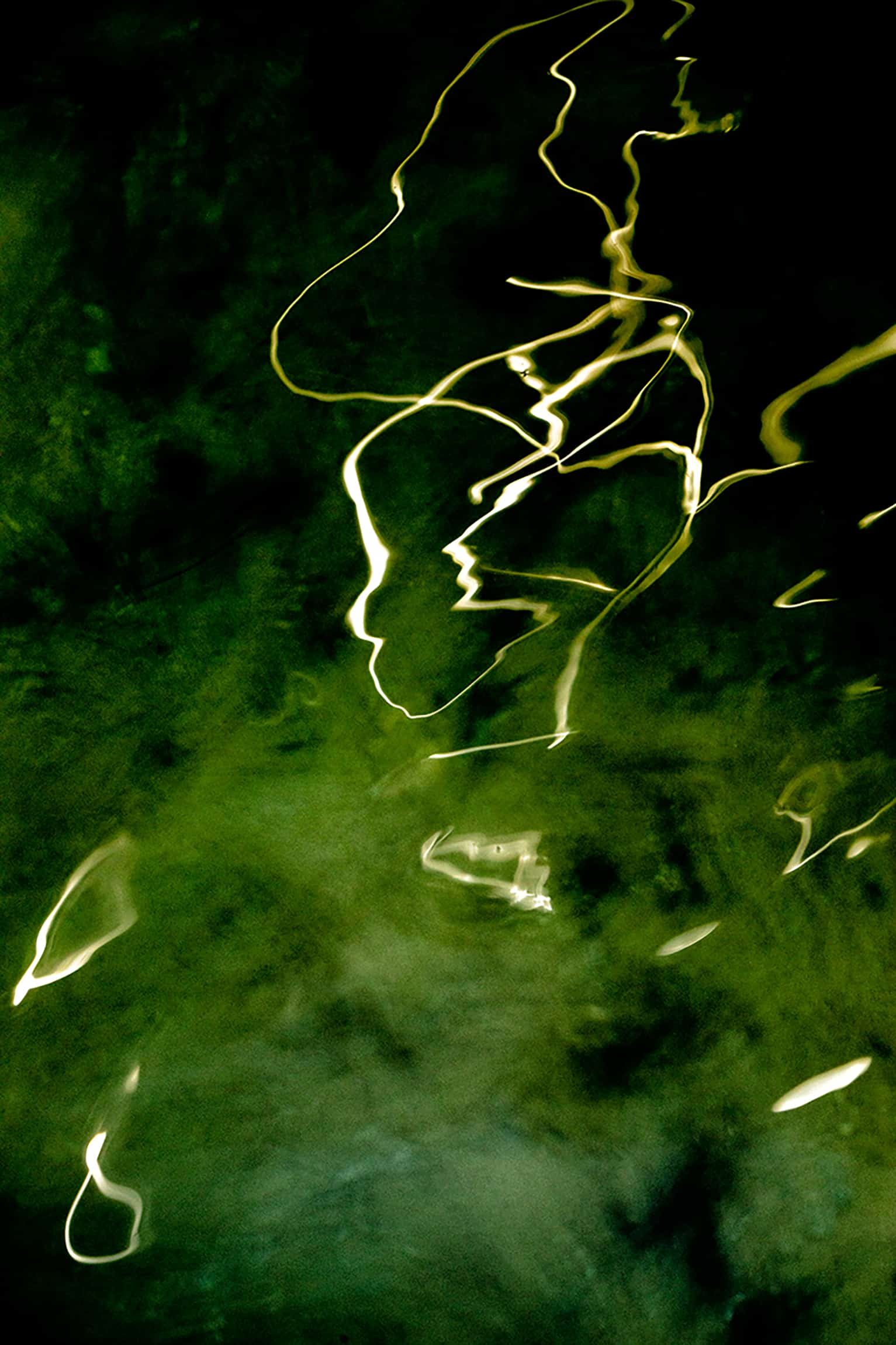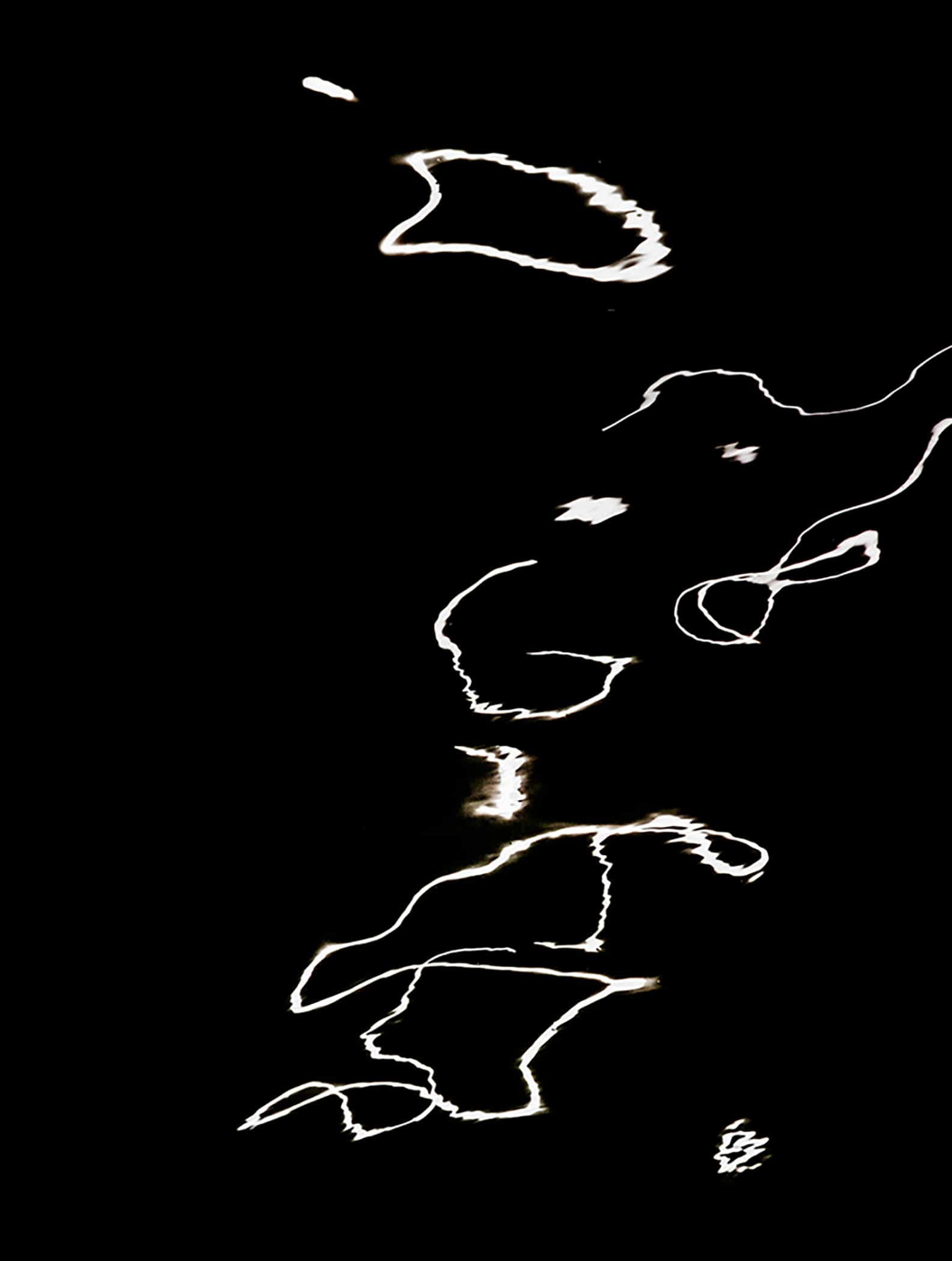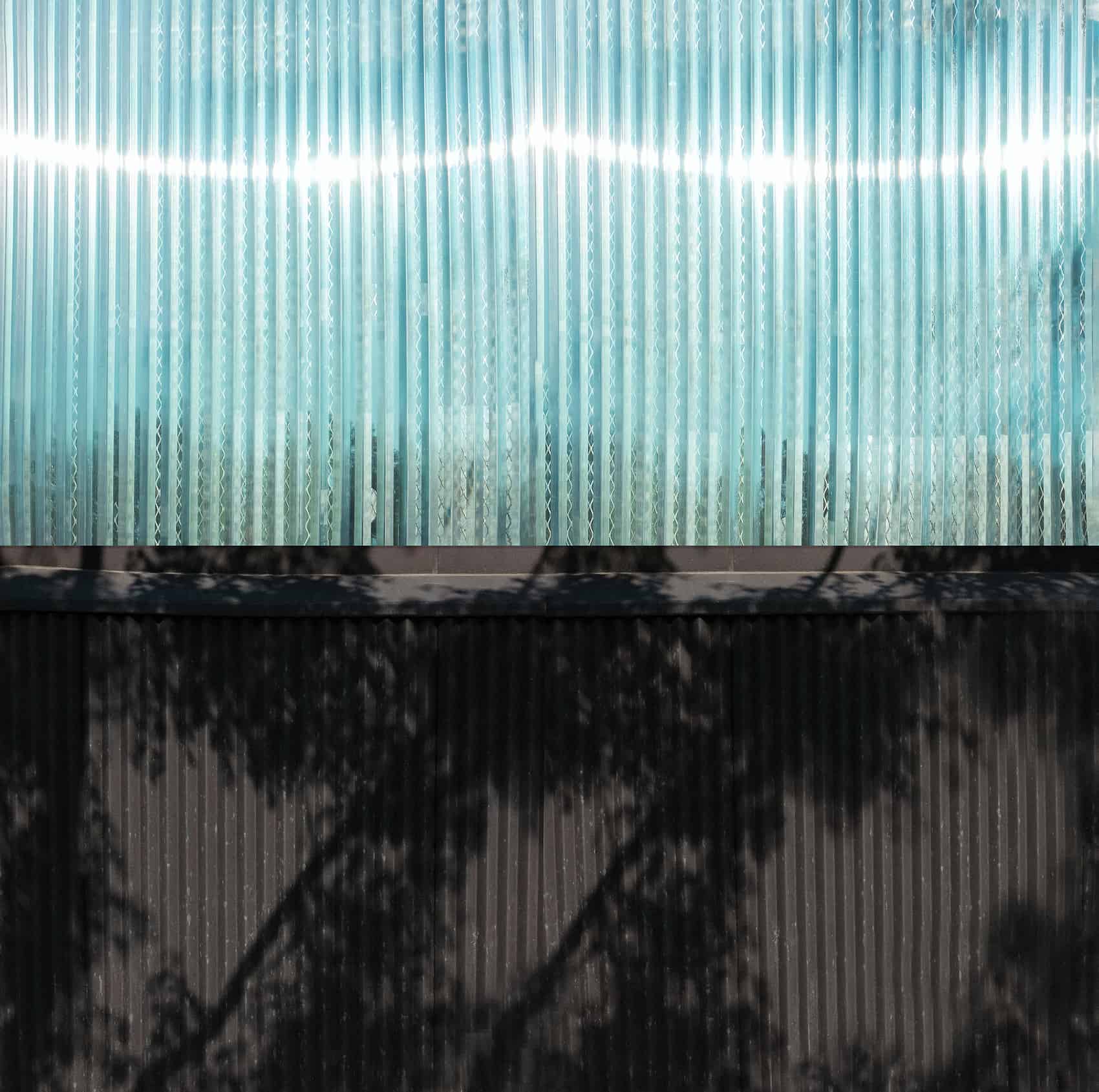
Phyllis Crowley
Erector Square Bldg 2 Studio N
Phyllis Crowley grew up in New York City. She learned how to use a camera from her father at age 11, and how to print shortly after that. They worked in a tiny room in their apartment on an old table with water carried in from the kitchen. Some years ago, she switched from black & white darkroom work to digital photography, and never looked back. She is largely self-taught with additional instruction from occasional workshops .
Crowley always works in series, and usually several series at one time. Right now, her main focus is on two new series, “Lexicon” and “1+1=3”. Although very different, they both involve combining images, an interest appearing in a lot of her new work. Different styles and different problems keep the mind alert, so she moves back and forth in series between figurative and abstract, color and blk & white, always trying something new. She is not attempting to simply represent what she sees; she prefers to encourage participation from the viewer. She is deeply interested in issues of perception and point of view. She uses methods like abstraction, multiple images, shutter alterations, and change of focus to create new relationships that bring her closer to the original emotional experience.
Visual language consists of many elements: letters, characters, pictographs, glyphs, drawings. The human mind, always searching for meaning, combines these glyphs to form symbols, words or sentences. In the “Lexicon” Series images, the camera records strong sunlight reflecting off large ponds, the instantaneous flash slowed down to show how the moving path of light draws a glyph, or pictograph, often in brilliant color.
“1+1=3” Series consists of combined images, which has been an interest of Crowley’s for a long time. In the darkroom days, she cut out prints and collaged them, hoping without much success, to find a way to join them under the enlarger. In many cases a single image is not enough for her. Now with digital tools, she is free to combine as she wishes, creating a stronger image, allowing for the development of new ideas and associations.
When you combine two or more images, whether it is a simple side by side, or a more complicated montage, the result is the creation of something completely new. The images speak to each other, often emphasizing elements that are more subdued in each original. The process is similar to building a story sentence by sentence; or in writing a poem with the words carefully chosen, and the placement critical.
Crowley exhibits nationally. She has twice received an Artist Fellowship grant from the Connecticut Commission of the Arts. Her work is in public and private collections. She currently teaches at Creative Arts Workshop.
- Instagram: @phyllisfcrowleyphotography
- Website: www.phylliscrowley.com
